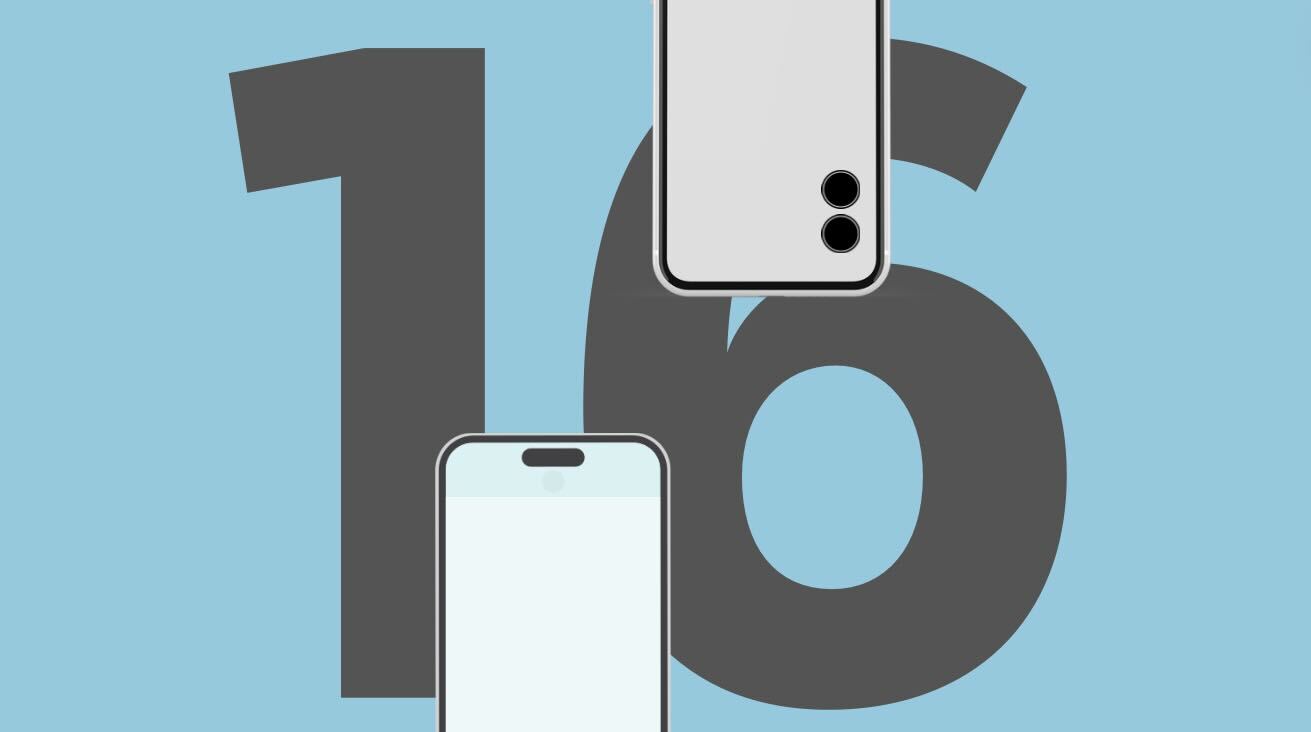Every fall, Apple launches a new iPhone model. This year is no exception. The September launch of the iPhone 16 line plans to bring a myriad of software updates, new AI capabilities and a highly coveted longer battery life.
The next iPhone line, which was introduced on Sept. 20, is expected to set a higher bar than Apple has ever set before. Rumored to have the same new A18 processor and improved performance in each model — the iPhone 16, 16 Plus, Pro and Pro Max.
Yet these new features may not be enough to boost interest in iPhone sales, which have been in decline this year.
“Unless the Apple update brings new features beyond what is already out there, there doesn’t seem to be a compelling reason for students to take the extra time to make the switch,” Kelly Kim ’23 said.
Beyond a longer battery life and stronger processor, the iPhone 16 line features a vertical camera layout, similar to the iPhone X. This camera orientation allows the standard models to record Spatial Video for the Vision Pro, Apple’s virtual reality headset. All four iPhones also have an action button — a customizable multi-functional button that was introduced in the iPhone 15 Pro models last year — and a new capture button for taking photos and videos.
In addition to these hardware changes, Apple introduced a suite of software upgrades for iOS 18, which was released on Sept. 17. The most significant of these changes is Apple Intelligence, which the company refers to as “AI for the rest of us.”
Apple Intelligence integrates AI into the core of iOS, and is considered to be the biggest upgrade Apple has made in years. New features include Image Playground, which allows users to generate images using prompts, and Genmoji, which turns ideas into emojis for iMessage.
iOS 18 also introduces a completely redesigned Siri, equipped with ChatGPT from Open AI. Now able to search the user’s entire device for information, Siri is prepared to provide users with more personalized help for everyday tasks, such as reminding users of appointments.
Apple Intelligence is not exclusive to the iPhone 16, and can run on the 15 Pro series or other devices with an M1 chip or better. As Apple’s senior vice president of machine learning and AI strategy John Giannandrea explained, “You could, in theory, run these models on a very old device, but it would be so slow that it would not be useful.”
Other major changes introduced by Apple Intelligence include upgrades to the notes app. Users are now able to record audio, similar to voice memos, and Apple Intelligence will generate a live transcript of the session. The app also features a wider range of editing options, such as different-colored text and collapsible sections to organize more text-heavy documents.
Jenna Kang ’28 hopes iOS 18 features, such as the voice recording addition, can serve as a study tool for college students. It could “help organize speeches and help with memorization,” she said.
Other students were more skeptical of whether the updates will be valuable.
“Based on my experience, most Stanford students already have a particular way of studying,” Kim said. ”Students who use their iPads to take notes and study often use apps like Notion, GoodNotes and Notability — all apps that already have key features that the new notes update will have.”
The new software update also includes Math Notes, Apple’s new AI-integrated calculator that will solve expressions as users write them on an iPad or iPhone and produce solutions in the user’s handwriting.
However, relying on this feature may prove to be unhelpful at the college level, according to mathematics professor Brian Conrad. While more basic, standard forms of math can be quickly solved by the AI calculator, Conrad says the college level of mathematics is simply too conceptual and advanced for the AI to benefit students. He noticed that when faced with more difficult questions, similar AI math technology “has the style down perfectly” but failed to return accurate answers.
“It produces answers that look like a polished response,” he said. “It’s communicating things in the right style, but the actual content is full of gibberish in various ways.”
Nevertheless, Conrad hopes that in the future, Apple’s AI software can generate practice problems and provide students feedback on their written work.
“It is still far away from that, but of course it’s nice to see that it’s generating a more user-friendly interface, and hopefully getting us closer to that point where people can have [AI] be kind of like a personal assistant for learning all kinds of subjects,” Conrad said.
